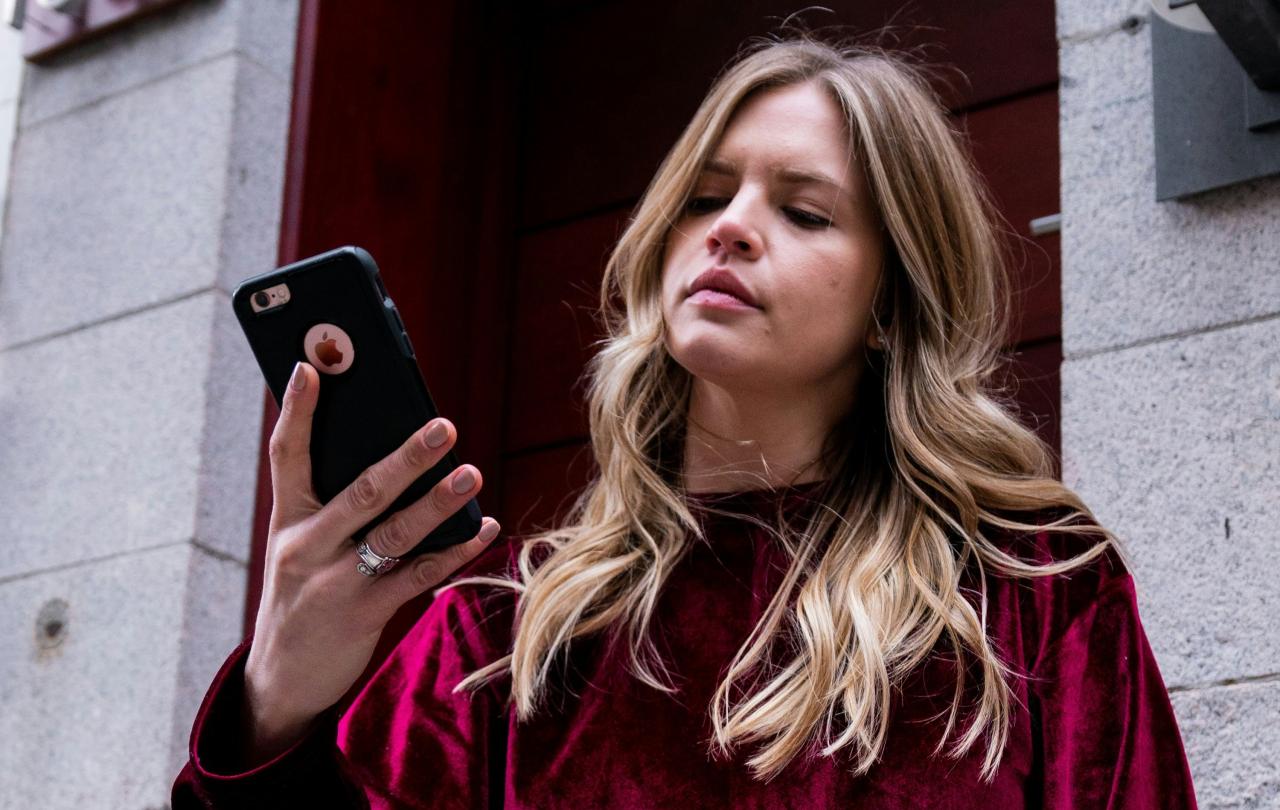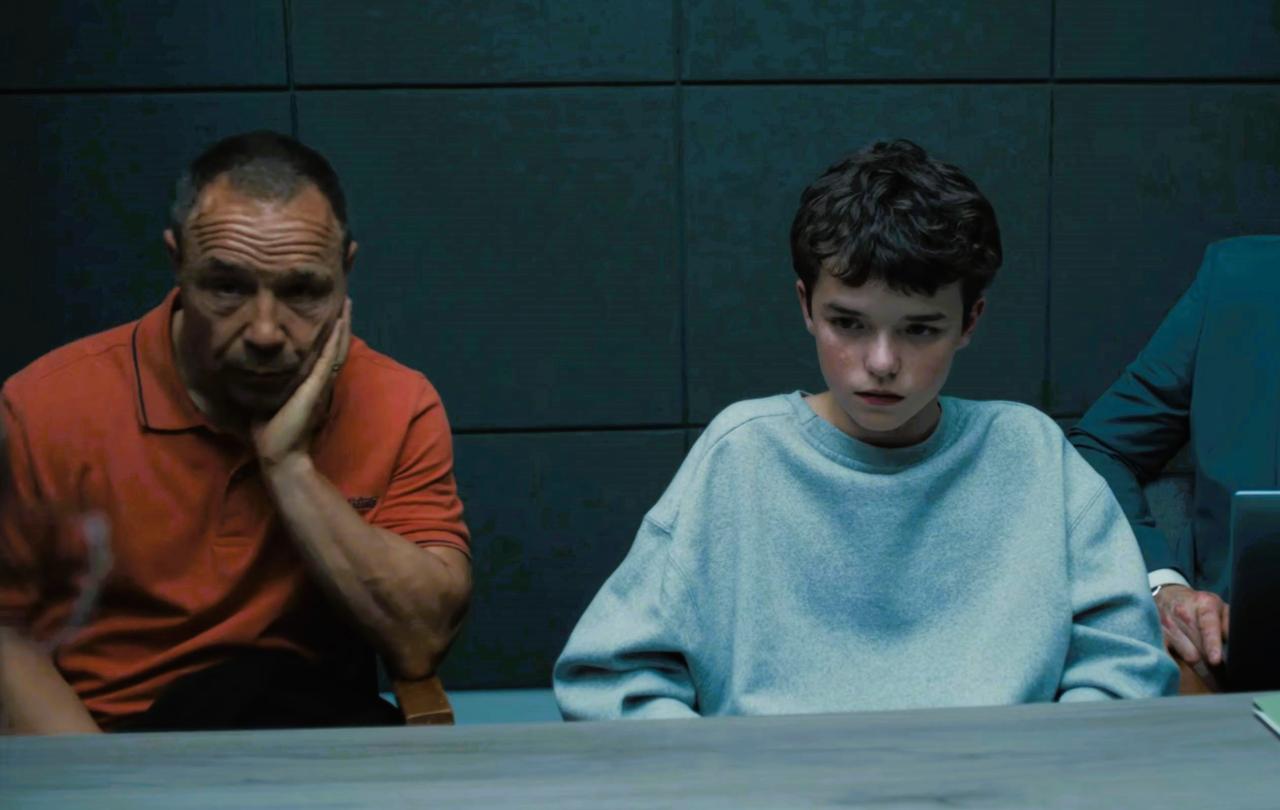
This is an article about honesty… but we’ll get to that.
I cannot count the number of times I have heard some variation of the phrase “I’m sorry, I’m just not very good at staying in touch” or “I’m just terrible at texting, sorry”. Usually, such apologies are accompanied by a shrug of the shoulders, a helpless smile, sometimes even a hint of smugness. Every time I experience such an interaction, I get a little closer to losing my patience. So, it’s probably safer for everyone if I voice my thoughts in this way, safely tucked away behind a screen.
What’s going on here? I believe it’s quite simple: dishonesty. Now, I don’t wish to unjustly accuse anyone of lying, much less assume ill intent. I’m sure everyone who has ever said that to me has believed it to be true. But, as we will see, that’s part of the problem.
Nobody is naturally ‘good at staying in touch’. Nobody is naturally ‘good’ at texting. These aren’t ‘natural’ forms of communication, or even ‘natural’ relationships. We have the opportunities now to meet and form connections with SO many more people than our forebears did. It is impossible to build, let alone maintain close friendships with everyone we meet. Relationships take work and effort, even with people we see regularly. So, what’s the problem with saying “I’m not very good at texting”? Isn’t it a normal, reasonable thing to say?
The problem is that it is used as an excuse. Just because something is hard or does not come naturally does not mean we can’t do it. We do hard things all the time, if we feel they are important and worth our effort. Doing the dishes doesn’t come naturally to me and I hate doing it. Still, I don’t invite friends over for dinner and then tell them, “Sorry, I’ve made food, but you’ll have to eat it out of the pot because I’m just not very good at doing the dishes”. I value my friends (and my health) so I do the flipping dishes. I’m not as on top of it as other people but I have found ways of helping myself to do a task I ‘naturally’ struggle with.
But back to the matter in hand: I believe that the aforementioned excuses are dishonest because finding texting hard is not actually the reason we don’t stay in touch with some people. What these phrases are hiding is “making the effort to stay in touch with you is not worth my time”. Now, obviously, most of us would never dream of saying anything quite so mean. But if we are honest with ourselves and look at our lives more closely, I do think that’s what it boils down to. Simply putting a nicer sounding lie in front of that does not make it any better.
So how do we get out of this? The answer is simple but not easy: honesty. Be honest. With yourself, above all else. Ask yourself, truly, “Why am I bad at staying in touch?” Are you trying to stay in touch with too many people at once? Is it a time management problem? Is it an attention problem? Do you simply forget someone exists if you don’t see them? It’s ok if that is the case. Just be honest about it. Once you have correctly identified what is making it hard you can decide whether you want to find ways to make those hurdles smaller, or whether you are simply going to be more honest in future. You don’t have to directly tell someone “You aren’t worth my time” (in fact, I’d strongly recommend not doing that). You can say something like “I find that maintaining (close) friendships at distance is particularly hard for me, so I focus on friends who are geographically close to me”. Or something similar. Be honest about the reason you find staying in touch hard.
If you are frustrated with how ‘bad you are at texting’, here are some ideas for how to make it easier on yourself. You might think about adding one or two of these to your routine at the beginning of this new year, perhaps.
If the problem is busyness or object permanence, set reminders and/or have ‘reply-amnesties’ where you reply to the texts from the week/fortnight/month. Some apps allow you to pin chats that are important to the top of your page, so you always see them when you open the app. Or, alternatively, you can archive those you don’t need so there’s less clutter. If the problem is the medium, texting feels impersonal, you don’t like having to be constantly ‘online’, or you live in a cave on a desert island, you can find other ways. Could you arrange (regular) calls? If you’ve recently won the lottery, you could send a letter by snail mail. Whether it’s voice notes, video updates, group calls, online board games, or Netflix watch parties, the possibilities are near endless.
One more thing: set expectations. Rather than simply telling people what you can’t do, tell them what they can expect. “Yes, I would like to stay ‘in touch’, but I prioritise the people who are geographically close to me.” “I won’t frequently reply to texts, but I do a reply amnesty every couple of weeks, so you’ll hear from me then.” If you do want to ‘be better at staying in touch’, let people know how they can help you. Maybe you struggle to initiate conversations but you’re happy to reply. Maybe you’re in a position to be able to say, “You can come visit me any time” or even “I’ll be in touch when I’m in the area and we can get together over a hot beverage or a meal.”
Just BE HONEST. Please.
Join with us - Behind the Seen
Seen & Unseen is free for everyone and is made possible through the generosity of our amazing community of supporters.
If you’re enjoying Seen & Unseen, would you consider making a gift towards our work?
Alongside other benefits (book discounts etc.), you’ll receive an extra fortnightly email from me sharing what I’m reading and my reflections on the ideas that are shaping our times.
Graham Tomlin
Editor-in-Chief





